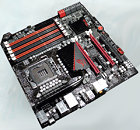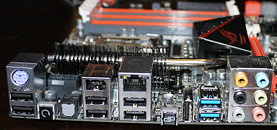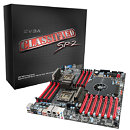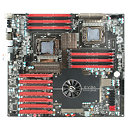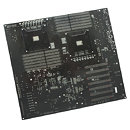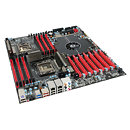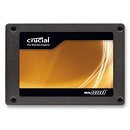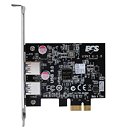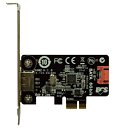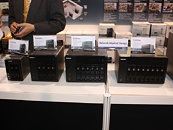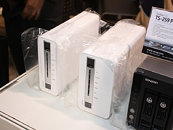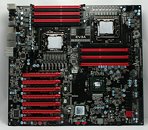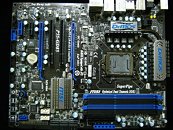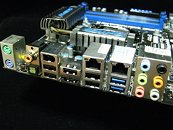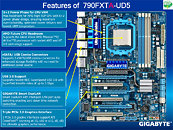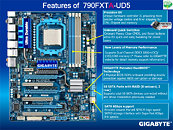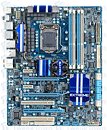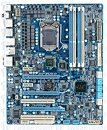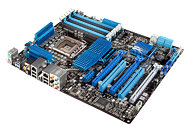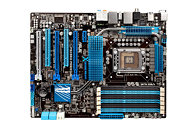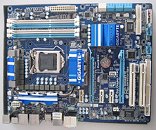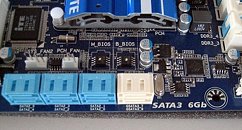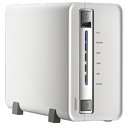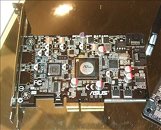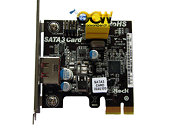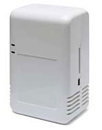
ASUS Shows Off ROG Rampage III Gene Motherboard
ASUS showed off its latest high-end motherboard, and latest entry into its premium Republic of Gamers line, the Rampage III Gene. The "Gene" identifier tells that the board is of the micro-ATX form-factor, while Rampage III is the latest series of socket LGA1366 motherboards based on the Intel X58 Express chipset. Compared to the Rampage II, Rampage III embraces latest technologies as well as ASUS innovations, this includes support for USB 3.0, SATA 6 Gb/s, and ASUS ROG Connect, to name a few. The CPU is powered by an 8-phase PWM circuit, 2-phase for the six DDR3 DIMM slots for triple-channel memory support.
Expansion slots include two full-bandwidth PCI-Express 2.0 x16, an open-ended PCI-Express x4, and a legacy PCI. NVIDIA SLI and ATI CrossfireX are supported. The ICH10R southbridge drives six SATA 3 Gb/s ports, while an additional Marvell-made controller drives two SATA 6 Gb/s ports. Connectivity includes 8-channel audio (probably SupremeFX X-Fi), two USB 3.0 ports, a number of USB 2.0 ports including one which holds a Bluetooth module, gigabit Ethernet, and FireWire. ROG-exclusive features include ROG Connect, which allows you to control overclocking with any Bluetooth-enabled cell phone that has the ROG device installed and is Bluetooth-paired with the board, a more flexible BIOS, iROG motherboard management system, and power, reset, and clear-CMOS buttons at convenient locations. Pricing and availability are yet to be known.
Expansion slots include two full-bandwidth PCI-Express 2.0 x16, an open-ended PCI-Express x4, and a legacy PCI. NVIDIA SLI and ATI CrossfireX are supported. The ICH10R southbridge drives six SATA 3 Gb/s ports, while an additional Marvell-made controller drives two SATA 6 Gb/s ports. Connectivity includes 8-channel audio (probably SupremeFX X-Fi), two USB 3.0 ports, a number of USB 2.0 ports including one which holds a Bluetooth module, gigabit Ethernet, and FireWire. ROG-exclusive features include ROG Connect, which allows you to control overclocking with any Bluetooth-enabled cell phone that has the ROG device installed and is Bluetooth-paired with the board, a more flexible BIOS, iROG motherboard management system, and power, reset, and clear-CMOS buttons at convenient locations. Pricing and availability are yet to be known.
